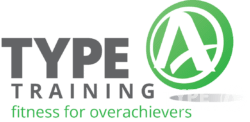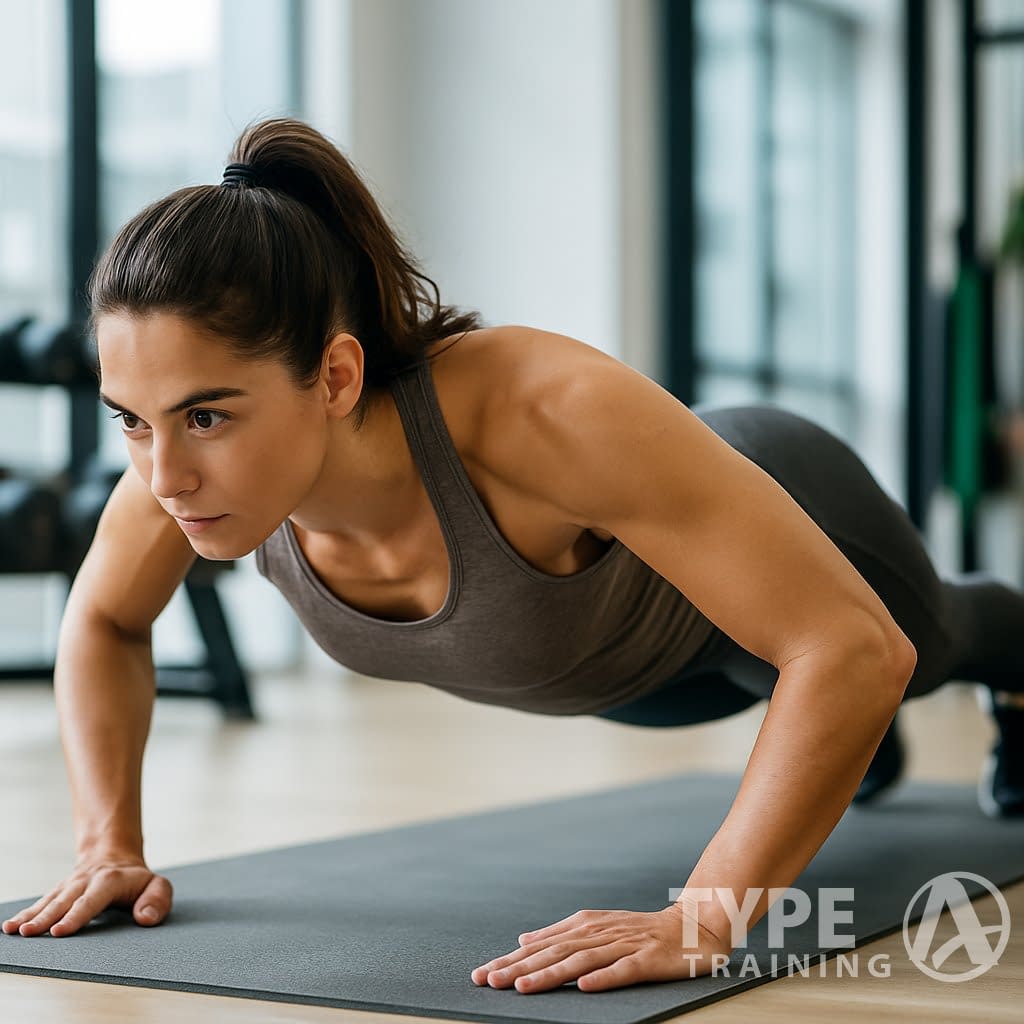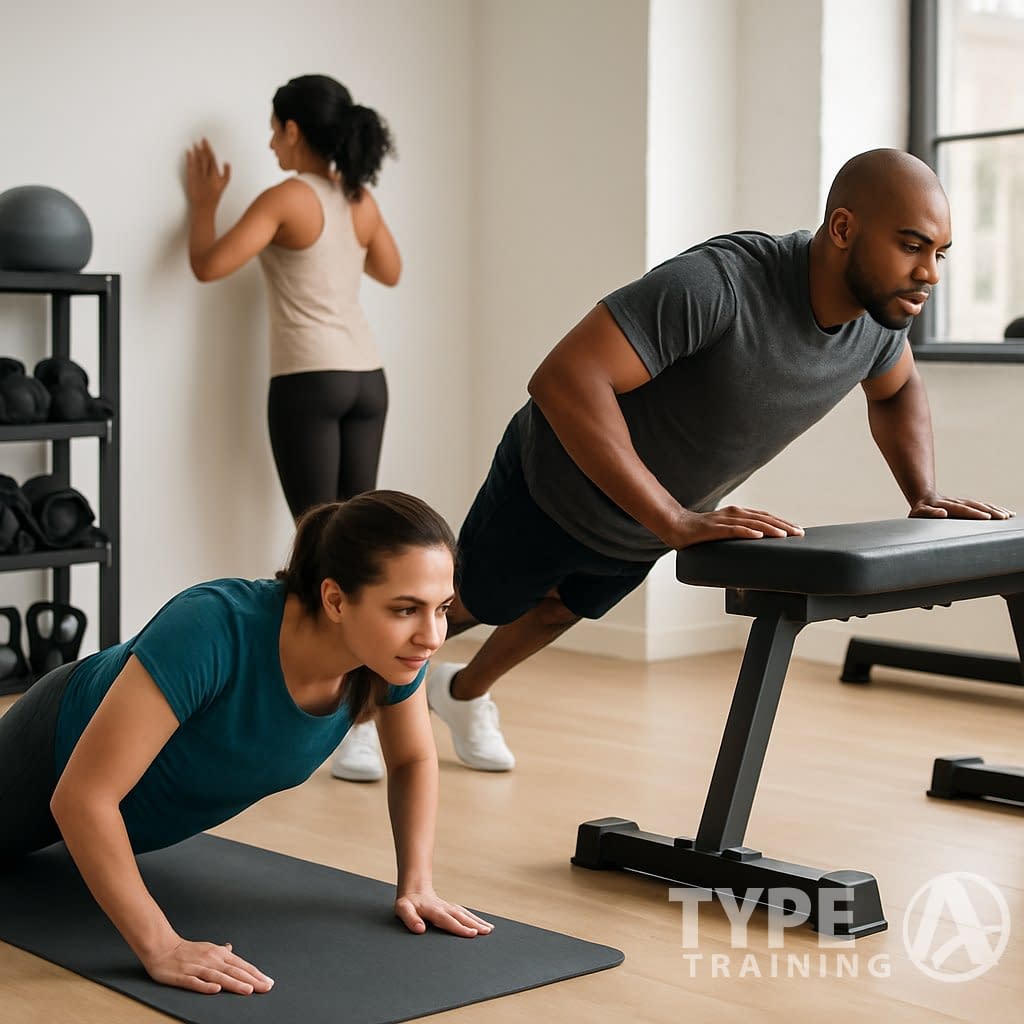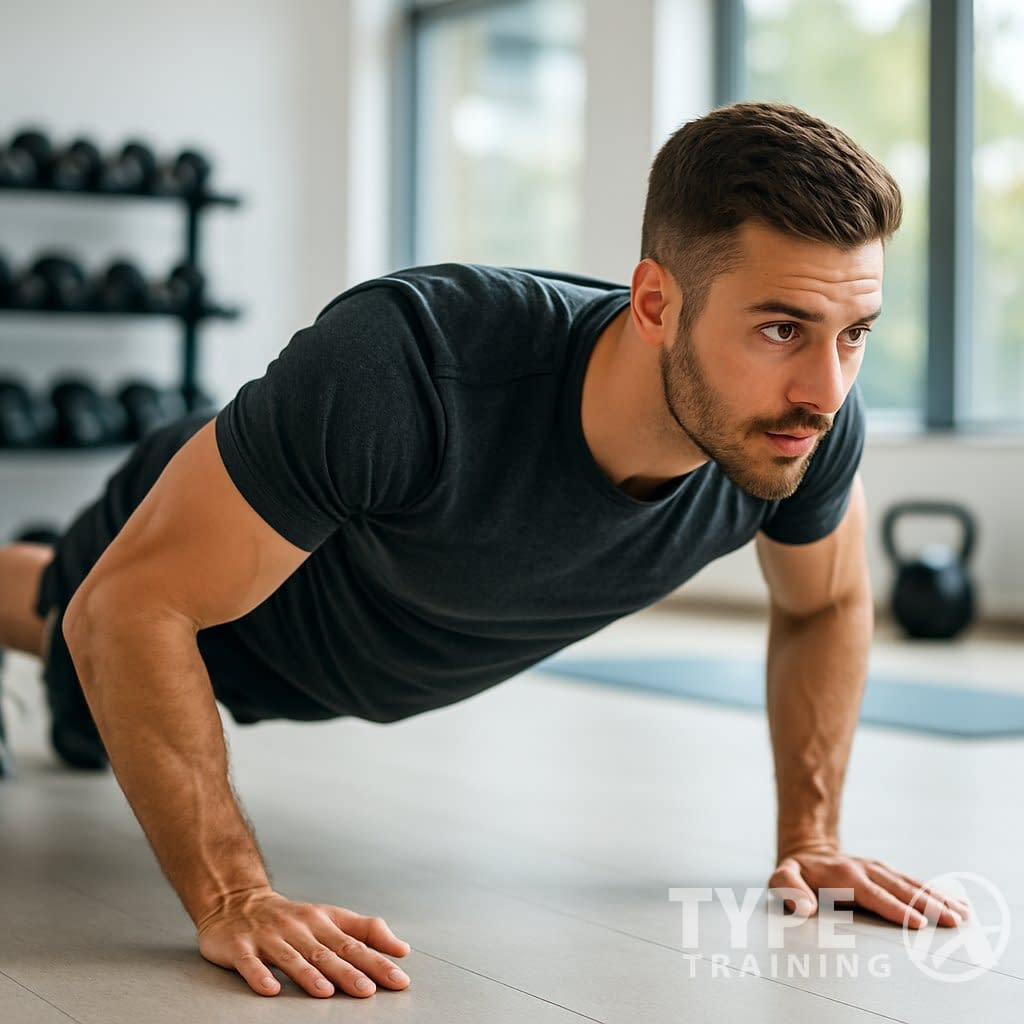Push-ups are honestly one of the most effective bodyweight exercises you can throw into your fitness routine. This classic move doesn’t need any equipment, but it hits a bunch of muscle groups at the same time.
Whether you’re deep into fitness or just figuring out where to start, push-ups offer a lot of health perks. They’re worth adding to your workouts, no matter your level.
Incorporating push-up benefits into your routine can elevate your fitness journey significantly. Understanding the push-up benefits helps you maximize your workout.

Popular posts:
With this exercise, the push-up benefits become apparent as you progress. Regular practice amplifies the push-up benefits.
If you do push-ups two or three times a week, you’ll build upper-body strength and boost your core stability. They also help with posture—which, let’s be honest, most of us could use.
As you notice the push-up benefits, you’ll feel your core and upper-body strength improve. The push-up benefits are undeniable!
And if regular push-ups feel impossible right now, don’t stress. There are tons of ways to modify them so you can still get the benefits, even as a beginner.
Each variation brings unique push-up benefits, ensuring everyone can find their fit. Embrace the push-up benefits at every level.
Key Takeaways
- Push-ups hit multiple muscle groups at once, so they’re super efficient.
- Doing push-ups regularly can improve core strength and posture, all without a single piece of equipment.
- There are plenty of push-up variations, so you can start where you are and still see big gains.
1. Push-ups Build Upper-Body Strength
One of the primary push-up benefits is building upper-body strength efficiently. The push-up benefits continue to impress fitness enthusiasts.

Push-ups work your chest, triceps, and shoulders hard. You don’t need fancy gear, just your own body, and you’ll start seeing changes in your upper-body strength.
Experiencing the push-up benefits firsthand will motivate you to include them in your workouts regularly. Embrace the push-up benefits.
You’ll probably notice everyday stuff—like carrying groceries or pushing open heavy doors—gets easier when you do push-ups regularly. That functional strength is hard to beat.
Here’s a quick list of what stronger upper-body muscles can do for you:
Recognizing the push-up benefits can enhance your overall fitness strategy. The push-up benefits are vital for functional strength.
- Make daily chores less exhausting
- Boost your athletic performance
- Help you build muscle tone
- Raise your overall physical ability
2. Push-ups Build Multiple Muscle Groups
Push-ups aren’t just about the chest—they’re a complete upper body workout. When you get your form right, you activate several muscle groups at once.
Awareness of the push-up benefits can inspire commitment to your fitness routine. Remember the push-up benefits as you train.
- Chest muscles (pectorals) do most of the work
- Shoulders (deltoids) keep you stable
- Triceps help you extend your elbows
- Core (abs) keep your body straight
- Back muscles support your posture
- Hips help you stay aligned
It’s a seriously efficient compound exercise. One move, a bunch of muscles—what’s not to love?
The push-up benefits can improve not just strength, but also stability and coordination. Focusing on the push-up benefits will yield rewards.
3. Push-ups Help Straighten Your Stance
Push-ups help you build up the muscles that keep your posture in check. When your back, shoulders, and abs get stronger, you naturally stand and sit straighter during the day.
So many push-up benefits lead to better balance and posture. You can count on the push-up benefits aiding your fitness journey.
And good posture? It’s more than just looking confident. It can actually:
- Cut down on back pain
- Help prevent headaches
- Make breathing easier
- Give you more energy
- Reduce muscle fatigue
When those support muscles are balanced, you’ll probably notice you just feel better moving through your day.
4. Push-ups Strengthen Your Middle Body
Your core works overtime to keep you steady in every push-up. Each rep makes those muscles fire up to hold your body straight.
Each time you perform push-ups, you’re unlocking new push-up benefits. Consistency reveals the push-up benefits over time.
Here are some core perks you get from push-ups:
- Better balance and stability
- Stronger abs
- Improved posture (again—it’s worth repeating!)
Want to make it tougher? Try push-ups on an exercise ball or another unstable surface. That’ll torch your core even more as you fight to keep your balance. Seriously, it’s no joke.
But let’s be real: push-ups alone won’t give you a six-pack. You’ll need to:
- Mix in some targeted core moves
- Keep your nutrition on point
- Stick to a regular workout schedule
As your core gets stronger, your flexibility usually improves too. Everyday life just gets a little easier.
5. Push-ups strengthen bones
Push-ups actually help your bones, not just your muscles. When you do them regularly, you put healthy stress on your bones, which can boost your bone mineral density.
Understanding the push-up benefits can help maintain bone health as part of your routine. The push-up benefits extend beyond muscle strength.
That kind of resistance helps your body build stronger bones and might lower your risk for osteoporosis down the road. If you’re thinking about bone health, push-ups are a solid (and simple) way to support your skeleton.
6. Push-ups are versatile and convenient
Push-ups are ridiculously convenient. You don’t need any equipment—just your own body and a little space. They’re perfect whether you’re at home, in a hotel, or even outdoors.
Embracing the push-up benefits means recognizing how adaptable they are to any environment. This flexibility is a major push-up benefit.
And you can scale them up or down, depending on how you feel that day:
- New to this? Try wall or knee push-ups.
- Feeling confident? Go for standard push-ups.
- Want a real challenge? Decline push-ups or one-arm versions will humble you fast.
This flexibility means push-ups fit into almost any full-body workout. Add them to your circuit training or just knock out a quick set when you’re short on time.
Utilizing the push-up benefits in various workouts can transform your routine. Acknowledging the push-up benefits will enhance your results.
How to Perform a Proper Push-up
Push-ups build upper body strength fast if you use the right form. Here’s how to get the most out of each rep (and avoid hurting yourself):
Mastering the push-up benefits through proper technique is crucial for long-term gains. Focus on the push-up benefits to protect your body.
- Starting position: Get down on your hands and knees on a mat. Place your hands just a bit wider than shoulder-width.
- Form the plank: Kick your legs back so your body forms a straight line. Only your hands and toes should touch the floor; keep your feet about hip-width apart.
- Engage your muscles: Pull your belly button in toward your spine. This keeps your body in line from head to heels.
- Lower your body: Bend your elbows and lower yourself slowly until your arms are at about 90 degrees. Keep your back flat and your core tight.
- Push upward: Press through your palms and straighten your arms, coming back up to plank.
If you’re just starting out, shoot for 10-15 reps per set. If that’s too much, try wall or knee push-ups until you build up enough strength for the full version.
How to Perfect Your Push-up Technique
A proper push-up builds strength while protecting your body from injury.
Try these techniques to get the most out of this classic exercise:
Body Alignment Basics
- Put your hands just a bit wider than shoulder-width apart.
- Keep them directly under your shoulders to avoid unnecessary strain.
- Your body should form a straight plank from head to heels.
Core Engagement
- Tighten your abs the whole time.
- This keeps your hips from sagging and your back from arching.
- Imagine your whole body moving as one single, steady unit.
Head and Neck Position
- Pick a spot on the floor about a foot or two in front of you and focus there.
- Keep your neck neutral—don’t crane up or tuck your chin too much.
- Your head should follow the line of your spine, not jutting out or drooping.
Breathing Technique
- Breathe in as you lower toward the floor.
- Exhale while pushing yourself back up.
- Try not to hold your breath—it just makes things harder.
Common Mistakes to Avoid
| Mistake | Correction |
|---|---|
| Sagging hips | Engage your core and glutes |
| Hand placement too wide | Align with shoulders for optimal push-up form |
| Shallow range of motion | Lower until chest nearly touches the floor |
| Looking up/down | Keep neck aligned with spine |
Focus on quality over quantity. Nail the form before you start chasing higher rep counts.
Modified Push-up Options
Recognizing the push-up benefits leads to better adaptations and strength. Each modification offers unique push-up benefits.
Push-ups are awesome for building strength, but let’s be real—not everyone can do them right from the start.
No worries, though. You’ve got plenty of ways to modify push-ups and still get solid results.
These variations help you learn the right form and build strength bit by bit.
Wall Push-ups
Wall push-ups are a fantastic way to begin if you’re new to working out.
Wall push-ups provide an excellent glimpse into the push-up benefits. They lay the foundation for broader push-up benefits.
This version uses a wall for support but still works your chest, shoulders, and arms.
How to perform wall push-ups:
- Stand facing a wall, feet hip-width apart.
- Put your hands on the wall at shoulder height, just wider than your shoulders.
- Lean in so your body’s at an angle to the wall.
- Bend your elbows to bring your chest toward the wall.
- Push back to the start, keeping your core tight.
Shoot for 10-15 reps if you can. Wall push-ups are great for beginners and help you get the hang of push-up form before you move on to tougher versions.
Incline Push-ups
Incline push-ups showcase the adaptability of the push-up benefits. They’re great for easing into push-up benefits.
Incline push-ups use a raised surface, like a counter or bench, to take some weight off your arms and chest.
Your body ends up at a diagonal, which makes things a bit easier.
How to do incline push-ups:
- Find something sturdy about hip height (kitchen counters work in a pinch).
- Place your hands on the edge, just wider than your shoulders.
- Step back so your body forms a straight line.
- Lower your chest toward the surface, keeping your back straight.
- Push back up to the start.
This is tougher than wall push-ups but still easier than going straight to the floor. The higher the surface, the easier it gets.
Knee Push-ups
Knee push-ups highlight how accessible the push-up benefits can be. They are a stepping stone to further push-up benefits.
Knee push-ups (or half push-ups) make a nice bridge between incline and full push-ups.
You keep your knees on the ground, so you’re lifting less weight, but your upper body still works hard.
Try these steps:
- Start on all fours on a mat.
- Put your hands a bit wider than your shoulders.
- Walk your hands forward so they’re under your shoulders.
- Keep your knees on the floor, making a straight line from head to knees.
- Lower your chest until your elbows hit about 90 degrees.
- Push back up to the start.
Aim for 10-15 reps. Knee push-ups bring many of the same benefits as regular push-ups but are way more beginner-friendly.
How Many Push-ups Should You Do Daily?
Finding the right amount of push-up benefits for your routine is key. Balance your expectations with the push-up benefits available.
The right number of push-ups per day isn’t the same for everyone.
For most folks, starting with 1-3 sets of 10-20 reps is a solid goal if you want to build upper body strength.
When you’re planning your push-up routine, keep these things in mind:
- Your fitness goals (do you want muscle or endurance?)
- How strong you are right now
- How well you recover
Push-ups can boost your chest muscles, but cranking out too many can backfire.
| Potential Issues | Prevention Strategies |
|---|---|
| Wrist/elbow pain | Stick with good form |
| Lower back strain | Keep your core tight |
| Muscle imbalances | Work the opposite muscles, too |
To keep things balanced, add in some exercises for your back and shoulders—think reverse flys or inverted rows.
This helps with posture and can cut down on injury risk.
Try scheduling push-up days and separate days for stretching your chest. It’s a good way to boost endurance and let your muscles recover.
Can You Do Push-ups Daily?
Ultimately, understanding push-up benefits helps tailor your fitness strategy. Harness the power of push-up benefits for daily motivation.
Some fitness challenges say to do push-ups every day, but honestly, that doesn’t work for everyone.
Your body needs a break between strength workouts. Most trainers suggest giving yourself 48-72 hours before hitting the same muscles again.
So, instead of daily push-ups, try doing them every two or three days. You’ll probably see better progress.
On rest days, you could try these active recovery ideas:
- Take a walk around the block
- Swim a few laps
- Do some light stretching
- Try a little yoga
These activities help your muscles recover, but you’re still moving and staying in the groove.
Listen to your body. If you’re sore or wiped out, you probably need more rest.
Honestly, pushing through pain is a fast track to injury—and that’ll really slow you down.
Push-Up Benefits You Need to Know
Push-up benefits are a super flexible exercise—no equipment needed, just your own body. You can do them just about anywhere, which is honestly pretty convenient.
Key push-up benefits:
- They build muscle in several parts of your body.
- Your posture gets a real boost.
- They help your core stay strong and stable.
You can tweak push-ups to fit your own level. If you’re just starting out or already pretty active, things like half push-ups make it doable for anyone.
Don’t forget to take rest days between push-up sessions. Muscles need downtime to bounce back and get stronger.
Honestly, this simple exercise can really fit right into your usual workouts.
















